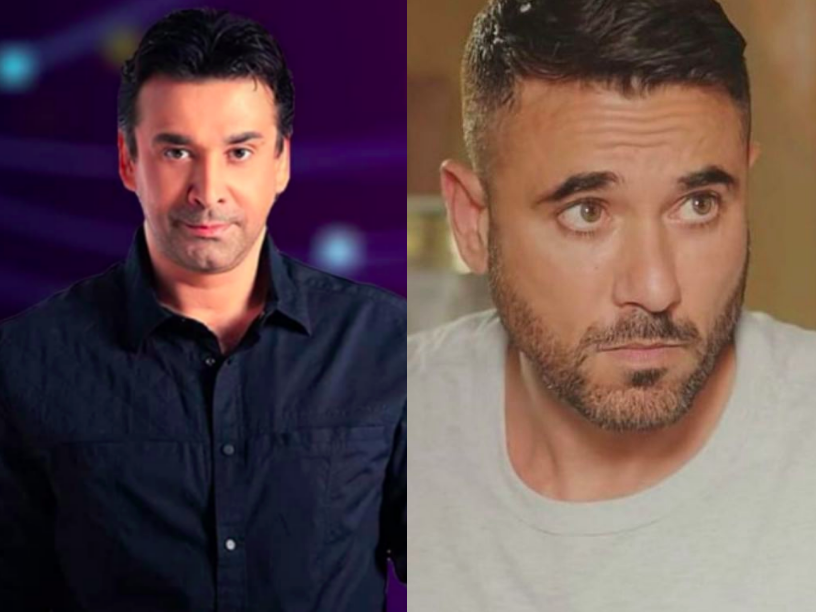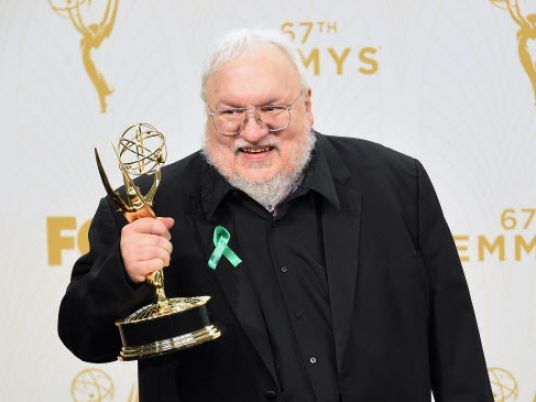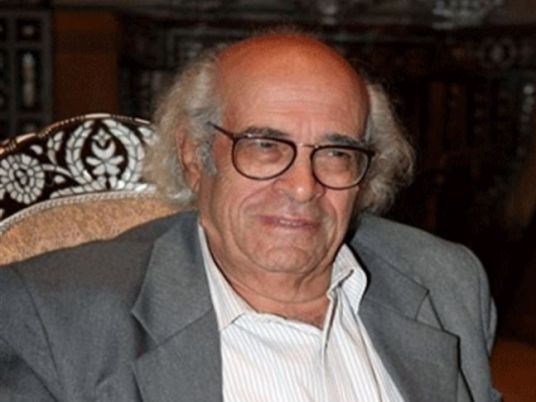In August of 2008, I was assigned to cover a midday book release party at a chain bookstore in Manhattan. It was rumored to be a big event, but I was skeptical. I had not heard of the book, and my glancing impression was that the thick volume with its dramatic cover illustration of white and red chess pieces set against glossy black, hackneyed metaphors—on the first page a car engine is “snarling like a hunting panther”—and its desperately supernatural plot involving a love triangle between a teenage vampire, a teenage werewolf, and a teenage girl was, well, trash. I was right. But that afternoon at the crowded bookstore, I was the only one who knew it.
The book was Breaking Dawn (Little, Brown Books for Young Readers, 2008), the fourth installment in Stephenie Meyer’s hugely popular Twilight series, and to say that it was “highly anticipated” is a gross understatement. Teenage girls (and a few boys) and their moms had been waiting for the book’s main protagonists, mortal Bella and the dueling undead Edward and Jacob, to resolve their destiny since the last installment, Eclipse, had gone the way of money-making serials and closed with a slew of cliffhangers. Meyer said the characters had come to her in her sleep, and no one, it seemed, could quell the rapacious dreams of a Mormon housewife from suburban Arizona.
For the next few weeks the city was full of people—mostly girls—reading the glossy, dark tome. Standing on the subway, sitting on park benches, or scanning vegetables at my local grocery store, each reader was engrossed in the book’s central question: Would Bella choose marriage to a vampire over college? Even amid the immediate backlash during which committed members of the Twilight fan club questioned where Meyer had led her characters and some signed a pledge to demand their money back, the pages were omnipresent on the streets of New York City. When overly rabid fans conspired to leak forthcoming plots—a retelling of the story from Edward’s perspective—Meyer temporarily shunned her public. But the Twilight series had a lot in common with the vampires it depicted, namely that nothing seemed to be able to kill it. The entire city had chosen marriage to a vampire over college.
The city was locked in the gripping, terribly-written, overwrought tale of Bella Swan, the brand new often-in-distress damsel in Forks, Washington, a town as afflicted by mysteriously attractive men who stay young as it is with characteristic Northwest rain clouds. As if high school wasn’t difficult enough, Bella finds herself romantically entangled with Edward Cullen, a boy who cannot distinguish his crush on her from his longing to kill her. She then dates a werewolf. As with a lot of teenage love stories, Bella’s struggle with her heart leans toward the health class allegorical, with Meyer’s Mormonism willfully upping the ante. Judy Blume never cautioned this strongly against sex before marriage. I won’t give away the contents of the final book, except to slightly rework a descriptive term I’ve already used: gross overstatement.
Since that August day Meyer seems to have been less prolific, writing only one short story and one non-Bella novel, but the Twilight brand has spawned movies, comic books, T-shirts, tourism, and copious fan fiction. The novels themselves have been translated into over thirty different languages and published all over the world. One might wonder how Lord Byron or Bram Stoker or Ann Rice feels about the genre taking such a trite, teenage turn. But no need to wonder how the world’s real teenagers feel about it. They are, like Bella, in love with vampires (although some–“Team Jacob”–prefer werewolves).
Even here in Cairo, far from the New York publishing world that sponsored the series, I spotted a Twighlight devotee one hot Friday on the Helwan-bound metro. The only clouds in the sky were of sand, and the only boy in proximity was a kid selling phone cards. A girl just slightly younger than Bella leaned against a pole with the heavy first book of the series awkwardly opened in front of her, oblivious to the churning crowds. And so it begins.




